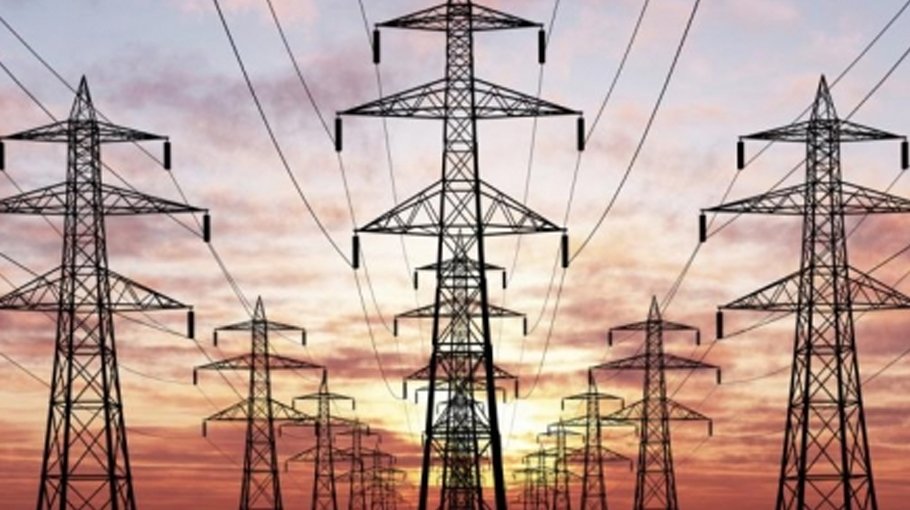Lofty MW from too little power in 50 yrs

After the independence the power generation capacity of Bangladesh was only 547 MW in 1971, which now exceeds 25,000 MW.
The country has undergone revolutionary changes in the power sector during the last 50 years. Bangladesh has now transformed from a power-starved country into a power-surplus one. The government is now working to reach a target of the capacity to 60,000MW by 2041.
After independence, Father of the Nation Bangabandhu started a new horizon in the power sector by dividing WAPDA into two parts on 31 May 1972 through Presidential Order 59 (PO-59) and forming Bangladesh Power Development Board and Bangladesh Water Development Board. During this period of 1972-75, three power hubs were established at Ashuganj, Ghorashal and Siddhirganj. The Rural Electrification Board (REB) was established in October 1977 in view of the great importance of electricity in agriculture and rural economic development.
According to the power division, apart from boosting economic growth, increased power coverage has improved the lives of people in remote villages and created new income-generating opportunities for people.
As a result of electrification, Bangladesh has already evolved from a least developed country to a developing country.
According to a study by research institute BIDS (Bangladesh Institute of Development Studies), an increase in power generation by 10 lakh units adds about Tk 4.60 crore to 10.70 crore to the macro economy every year.
Engineer Mohammad Hossain, director general of Power Cell, said the country has achieved tremendous success in the power sector. It has been possible due to the real-time sustainable planning and initiatives undertaken by visionary leadership of Bangabandhu Sheikh Mujibur Rahman and his daughter Prime Minister Sheikh Hasina.
‘The Prime Minister has kept her promise to the nation. Currently more than 99.75 people are getting electricity. As a result of the development of the power sector, we have been able to draw the attention of the world by achieving the Millennium Development Goals (MDGs), leaving many countries behind. The increased electricity coverage has spurred growth in the industrial sector and urbanization leading to a boost in economic growth,’ he added.
Mohammad Hossain said that ‘at that time we focused on power generation to meet the demands. We wanted a surplus in electricity generation and we succeeded. We are now self-sufficient in power generation. Previously, severe load shedding disrupted people’s lives, factory production. But the problem no longer exists.’
Having become self-sufficient in power generation and supply, Bangladesh is now working to improve the quality of electricity and services. It is working to achieve quality electricity and customer satisfaction through enhancement of automation and digital services. Smart prepaid meters for customers, underground distribution system is working on the implementation of smart grid above all. We are now focusing on improving the power distribution and transmission system,” he said.
Bangladesh has now attained the capacity to generate 25,235 megawatts of electricity, including captive power, renewable energy and imported power. Now, 99.75 percent of the people have access to electricity. It is expected that every house will get power supply by this year. The number of electricity users has reached 4.16 crore.
According to the Power Division, some 47 percent people had come under electricity coverage within 38 years (1971-2009) of independence, whereas the current government brought the remaining 53 percent people under power coverage within 12 years, thanks to a remarkable success of the present government.
Focus on energy diversification: In view of rising cost of power generation with oil and gas, the government has shifted its focus to alternative sources like coal, nuclear and renewable energies in a bid to ensure energy security.
The country’s first nuclear power plant is now under construction at Rooppur in Pabna. Construction work of the power plant with two units, with the total capacity of 2,400MW is going on fast. It would produce and add to the national grid by 2023-2024. Besides, the government has planned to build the country’s second nuclear power plant in the southern region.
Success in the use of renewable energy: The government's emphasis is now on increasing the share of renewable energy in total power generation. It has set a target to generate 40 percent of electricity from renewable energy by 2041.
Around 5.8 million SHSs have been installed under a programme of State-owned Infrastructure Development Company Limited (IDCOL) in the remote areas. The programme has been acclaimed as the largest off-grid renewable energy programme in the world.
According to REN 21 Global Status Report (GSR), Bangladesh has made a remarkable success in the power sector as it secured second position accessing eight percent power from off-grid solar solutions under the current government.
The government is implementing various mega projects in power generation by giving utmost importance and priority to the development of the power sector. In view of energy security, gas import based power plants are being set up for energy diversification as well as import of power including construction of coal, LNG, liquefied energy, dual-fuel, nuclear power and renewable energy based power plants.
The government has also emphasized on human resource development in the power sector. To this end, Bangladesh Power Management Institute (BPMI) has been formed and the organisation has started its activities.



